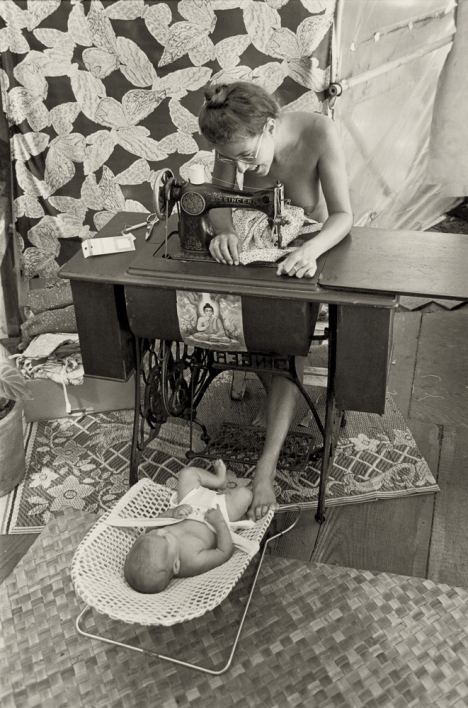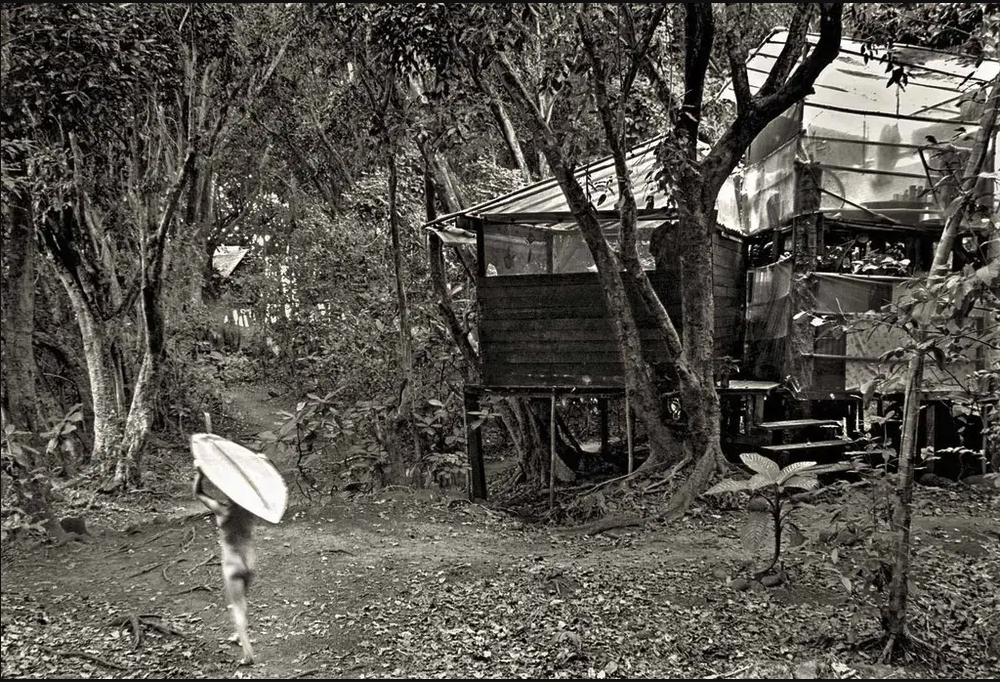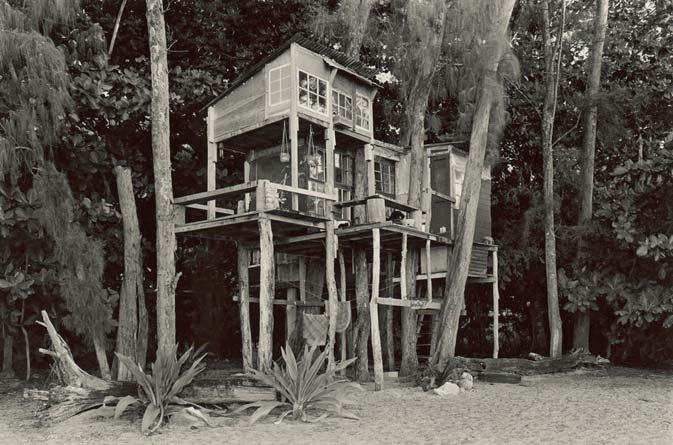Camp Taylor
![]()
Haena, Kauai, USA
Back to the Land/Open Land
Squat
1969 - 1977

Haena, Kauai, USA
Back to the Land/Open Land
Squat
1969 - 1977
1 Richie & Diane’s House 2 Diana’s House 3 Big House 4 Sharon & Karma 5 Sauna 6 Canadian House 7 John 8 Kung Fu Bill 9 Allan, Catherine, Tom, Buddy, & Allen 10 Emee 11 Pat & Andy 12 Hamilton Family 13 Tony 14 Free Store 16 David & Ezekiel 16 Albert, Rose, Danny 17 Mark 18 Ray, Steve, Dave 19 Sailor 20 Paulo & Roberto 21 Shower 22 Shitter 23 Crash Pad 24 Buffalo Bill Loft 25 Marie & John 26 Lea & Stacy 27 Jay & Debra 28 Fran 29 Church Crash Pad 30 Church House 31 Church 23 Dan 33 Nino Family 34 Mike & Tom 35 Garden
![1976 Taylor Camp Plan: Drawn from a map by Patricia Leo]()
In 1969, a group of thirteen hippies, fleeing the tumult of antiwar protests on the mainland, arrived on the North Shore of Kauai. Jailed for vagrancy, they were eventually bailed out by Howard Taylor, brother to the actress Elizabeth Taylor, who invited them to camp on his beachfront property. The land had already been reclaimed by the state for a public park, and the new squatters would be an official headache for the next eight years.
The seven acre, clothing-very-optional camp was home to 100 people at its peak, attracting veterans, drop outs, and avid surfers. The mild climate allowed for barely-there provisional structures, starting with tents and evolving into semi-permanent tree houses made from bamboo and plastic sheeting. Beyond some provisional planning and communal programs like the garden (35), church (31), and shitter (22), the camp evolved organically, with no coherent organization or ideology and the camp’s sprawl reflecting its casual and contingent nature.
Taylor Camp angered many locals on Kauai. Authorities field complaints about the eyesore structures, unsanitary conditions, drug use, nudity, and thefts. After years of court cases, in 1977 the last residents were evicted and the camp was burned by authorities to make way for the Na Pali State Park.

In 1969, a group of thirteen hippies, fleeing the tumult of antiwar protests on the mainland, arrived on the North Shore of Kauai. Jailed for vagrancy, they were eventually bailed out by Howard Taylor, brother to the actress Elizabeth Taylor, who invited them to camp on his beachfront property. The land had already been reclaimed by the state for a public park, and the new squatters would be an official headache for the next eight years.
The seven acre, clothing-very-optional camp was home to 100 people at its peak, attracting veterans, drop outs, and avid surfers. The mild climate allowed for barely-there provisional structures, starting with tents and evolving into semi-permanent tree houses made from bamboo and plastic sheeting. Beyond some provisional planning and communal programs like the garden (35), church (31), and shitter (22), the camp evolved organically, with no coherent organization or ideology and the camp’s sprawl reflecting its casual and contingent nature.
Taylor Camp angered many locals on Kauai. Authorities field complaints about the eyesore structures, unsanitary conditions, drug use, nudity, and thefts. After years of court cases, in 1977 the last residents were evicted and the camp was burned by authorities to make way for the Na Pali State Park.






Nam semper semper ex
In porttitor pellentesque sapien